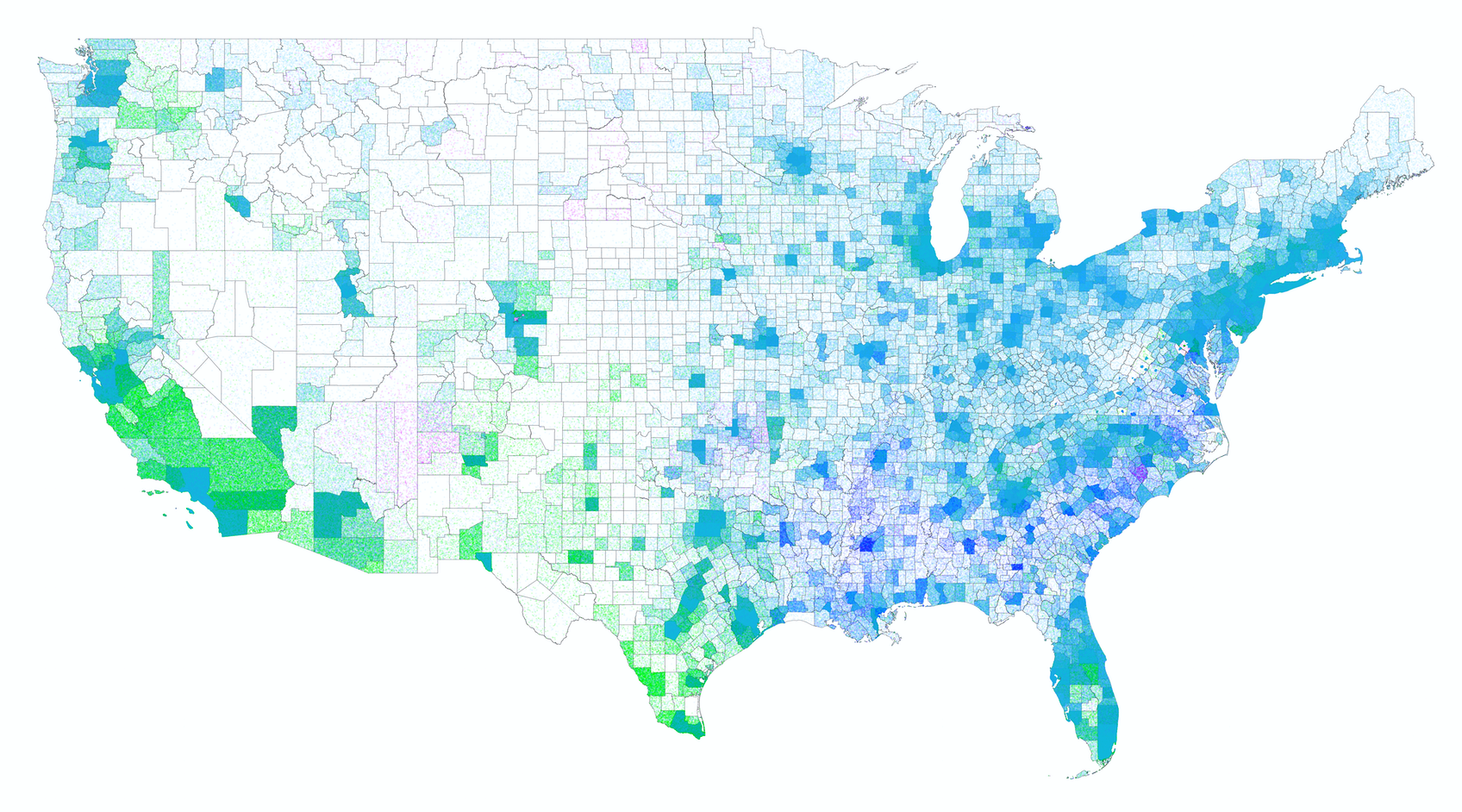When the going gets tough, Camels outlast Unicorns
The Bactrian Camel isn't pretty to the conventional eye. With two oddly large


What neighborhood related datasets are openly available, how good are they, and how can I use them? These are essential questions for any project looking to use or understand neighborhoods. This first of a 4-part series delves into the geometries of neighborhoods. The following three parts of this series will focus on demographics, housing and experiences. The resources below are not comprehensive and several are urban-centric or U.S.-centric, but they offer a quick start to data driven neighborhood work.
The list below shows neighborhood shape data from newest to oldest. They come in two common flavors: ESRI Shapefile and geoJSON. This linked OGRE web client offers an effective solution to convert between the two if you find one easier to work with than the other. All the data sources included are open source and have links to find the raw data.
Quattroshapes (2013 - ESRI Shapefile) This data is the most recent of a lineage of Flickr inspired shapefiles stretching back to 2008 (see below). It contains info on not only the U.S., but also major cities worldwide (Beijing, Paris, Rio de Janeiro). This latest iteration was built on Flickr data with Foursquare check-ins, Natural Earth and open government data. It is more highly fragmented than Zillow, but more cohesive than Zetashapes. It's all available as a single unified file download.
If you have other useful neighborhood related sources, let everyone know in the comments below!